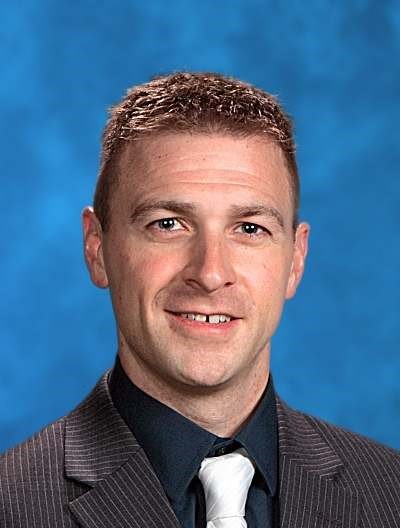
An approach to member engagement the State College EA adopted five years ago is paying off today, as the local’s leaders emphasize how important it is to continue to belong to their association.
State College EA President Eugene Ruocchio commended PSEA for being proactive in the face of the Janus case and has made it clear to his membership that State College is going to do its part to tell PSEA’s story.
One approach has been soliciting emails from teachers in states without strong collective bargaining rights and sharing them within the local.
“That has been helpful,’’ Ruocchio said. “A lot of members really don’t know what it’s like to work in a right-to-work state.
“This is another example of why it is so important to support the Association, and we are sharing that with members and noting this is where their dues go. PSEA is supporting the profession and public education.”
The EA started making member communications a top priority after the negotiating team had dinner five years ago and talked about the importance of having engaged members.
In addition to being involved in lengthy negotiations with the State College Area School District, Centre County, the EA was soon facing a leadership void – it’s president of 12 years was stepping down.
“We were talking about the importance of not only being a member, but also an active member, and our lead negotiator, Tod McPherson, came up with the idea of changing our leadership structure,’’ said Ruocchio.
Rather than a president, vice president, secretary, and treasurer, the idea was to have three vice presidents – one each at the elementary, middle, and high school levels.
“Not only did we think the new president could use additional support, it increased the number of people who are in the know,’’ Ruocchio said.
And as the new president at the time, Ruocchio decided to put the extra people to good use in the 600-member local.
The intensity of the local’s communications with members has steadily ratcheted up.
“I took it upon myself to say, ‘we need to be in our members’ faces as much as the district is,’’’ Ruocchio said. “This district has a logo that it puts on all of its communications. We needed to be doing the same thing with SCEA.’’
Listservs were created and designed so that in addition to blanket ones for all members, they could also be broken down for individual buildings. After each faculty meeting, 10-minute EA meetings started to be held.
“As issues like payroll deduction surfaced we made sure we had enough people on board to let members know SCEA is working on this; PSEA is working on this,’’ Ruocchio said.


